These Celtic capitals share superficial similarities—historic pubs, literary heritage, and castle-topped skylines—yet Edinburgh and Dublin deliver fundamentally different experiences for travelers seeking authentic cultural immersion. Both cities wrap visitors in centuries of fascinating history while maintaining distinctly modern identities.
The true character of each city reveals itself through specific moments that capture their essence. Here is a list of 15 travel experiences that highlight the unique personality of each capital and might help you decide which deserves your attention first.
First Architectural Impression

Edinburgh greets visitors with dramatic Georgian symmetry and medieval density stacked against an extinct volcano, creating an immediate sense of contained grandeur. The city’s skyline appears frozen in time, with Edinburgh Castle commanding attention from nearly every vantage point, while perfectly preserved stone buildings create a cohesive aesthetic rarely found elsewhere.
Dublin presents a more eclectic architectural welcome, with colorful Georgian doors punctuating brick townhouses alongside modern glass structures and medieval remnants. The River Liffey cutting through the city center creates a different spatial experience—more horizontal spread compared to Edinburgh’s vertical drama.
Castle Experiences
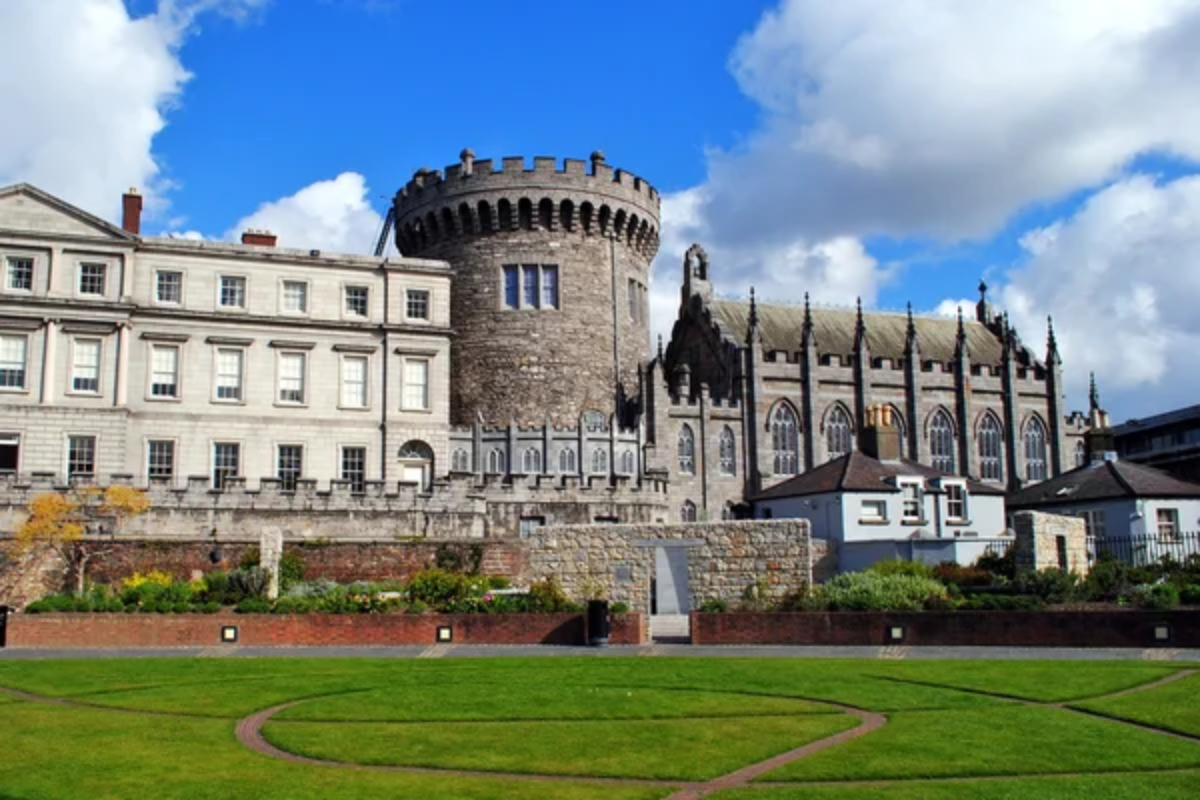
Edinburgh Castle dominates the city from atop Castle Rock, offering commanding views across the Firth of Forth and housing the Scottish Crown Jewels and Stone of Destiny. The fortress feels genuinely defensive and militaristic, with demonstrations of the One O’Clock Gun continuing centuries-old traditions.
Dublin Castle presents a completely different castle experience despite similar historical importance—its elegant state apartments reflect its evolution into an administrative center rather than a defensive stronghold. The castle grounds blend with the city rather than towering above it, offering glimpses into Viking foundations below rather than panoramic views above.
Like Travel Pug’s content? Follow us on MSN.
Literary Pilgrimages
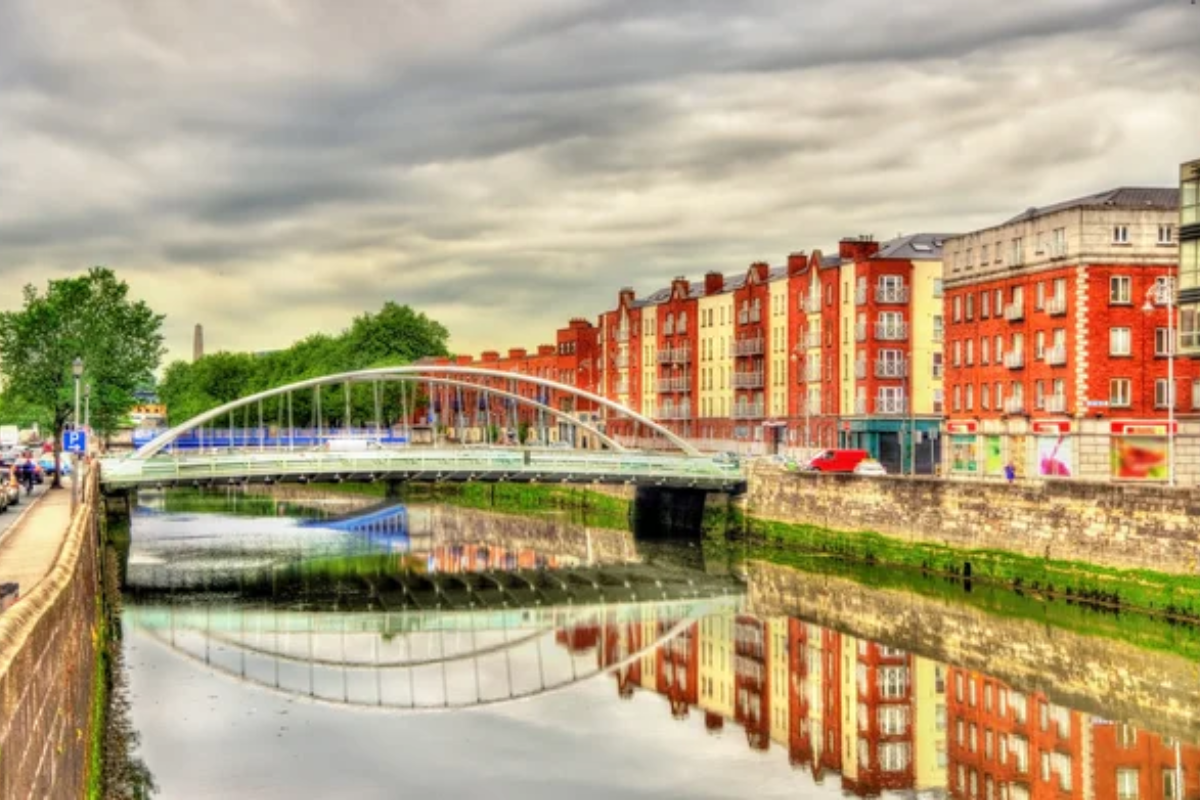
Edinburgh’s literary moments center around physical landmarks like The Elephant House café, where J.K. Rowling drafted early Harry Potter novels, or the elegant Scott Monument honoring Sir Walter Scott. The Writers’ Museum celebrates Scottish literary giants, while Makars’ Court inscriptions create a literal path through literary history.
Dublin’s literary experiences focus more on immersive storytelling through specialized museum experiences like the James Joyce Centre or MoLI (Museum of Literature Ireland). The city’s literary pub crawls transform ordinary drinking establishments into theatrical venues where actors perform works by Yeats, Beckett, and other Irish luminaries between pints.
Whiskey vs. Guinness
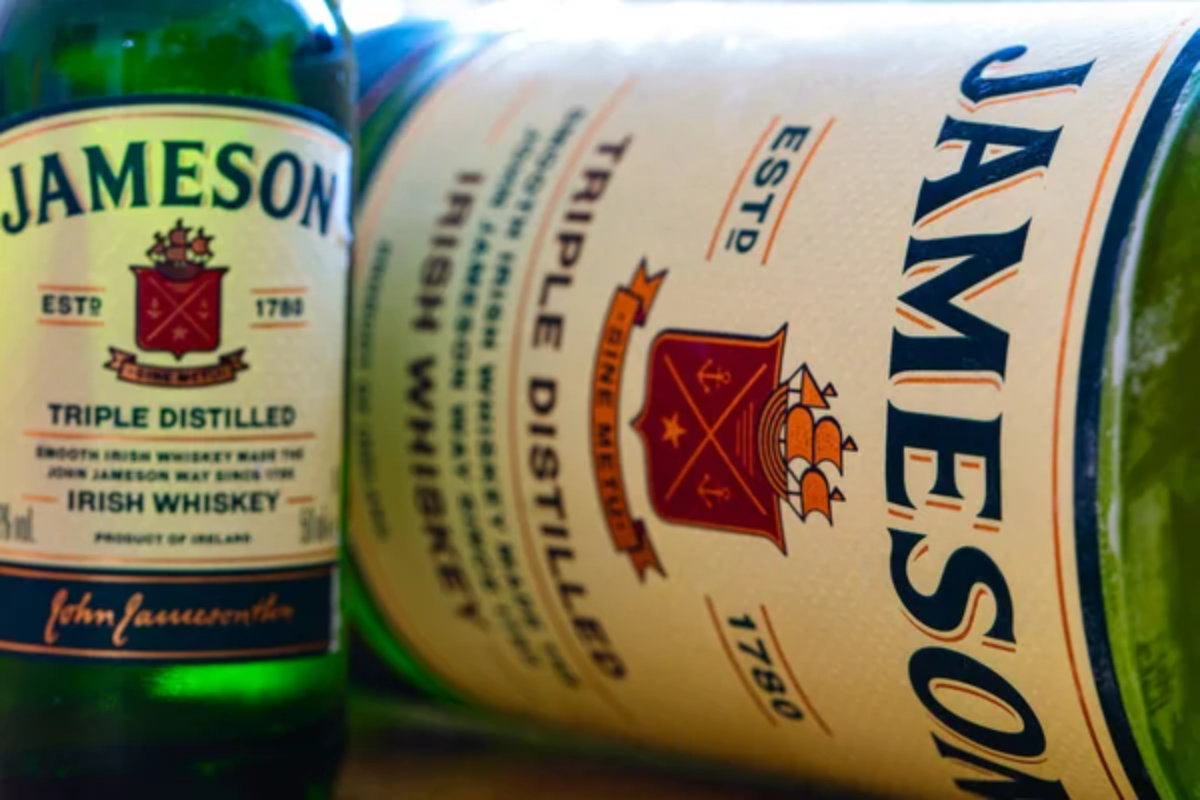
Edinburgh offers refined whisky-tasting experiences focused on regional education and appreciation of Scotland’s national spirit. Specialized venues like the Scotch Whisky Experience teach visitors about Highland, Lowland, Islay, Speyside, and Campbeltown distinctions through methodical tastings.
Dublin celebrates its brewing heritage with the massive Guinness Storehouse experience, focusing on the multi-sensory appreciation of a single iconic product rather than educational comparison. The Gravity Bar’s panoramic views while enjoying a perfectly poured pint create a quintessential Dublin moment that connects the beverage to the cityscape in a way Edinburgh’s tastings rarely achieve.
Festival Energy

Edinburgh transforms completely during August when the Fringe Festival takes over every available space—church basements, university buildings, street corners—filling the city with theatrical performances, comedy shows, and musical acts. The Royal Mile becomes nearly impassable, with street performers and ticket sellers creating carnival-like energy unlike anything Dublin offers.
Dublin’s festivals spread throughout the year with a more organic, local feel—particularly St. Patrick’s Festival and Bloomsday celebrations. These events integrate seamlessly with everyday life rather than creating the parallel universe effect Edinburgh experiences during festival season.
Like Travel Pug’s content? Follow us on MSN.
Green Spaces

Edinburgh surprises visitors with dramatic elevation changes in its central green spaces, particularly Arthur’s Seat—an ancient volcano providing wilderness hiking experiences within city limits. Princes Street Gardens creates a dramatic division between Old and New Towns while offering castle views unavailable elsewhere.
Dublin’s green experiences center around the expansive, flat landscape of Phoenix Park—one of Europe’s largest urban parks housing wild deer herds and the presidential residence. St. Stephen’s Green provides a more manicured central experience surrounded by Georgian architecture, creating peaceful moments amid urban bustle rather than dramatic natural vistas.
Street Performances

Edinburgh’s Royal Mile performers create scheduled, permit-regulated experiences primarily aimed at promoting Fringe Festival shows rather than spontaneous entertainment. The performances tend toward theatrical or musical presentations with clear beginnings and endings.
Dublin’s Grafton Street busking culture generates more impromptu musical performances where established and emerging musicians test new material in an organic tradition that launched artists like Glen Hansard and Damien Rice. These performances blend seamlessly into the shopping street’s daily rhythm, creating unexpected moments of musical discovery.
Historical Darkness
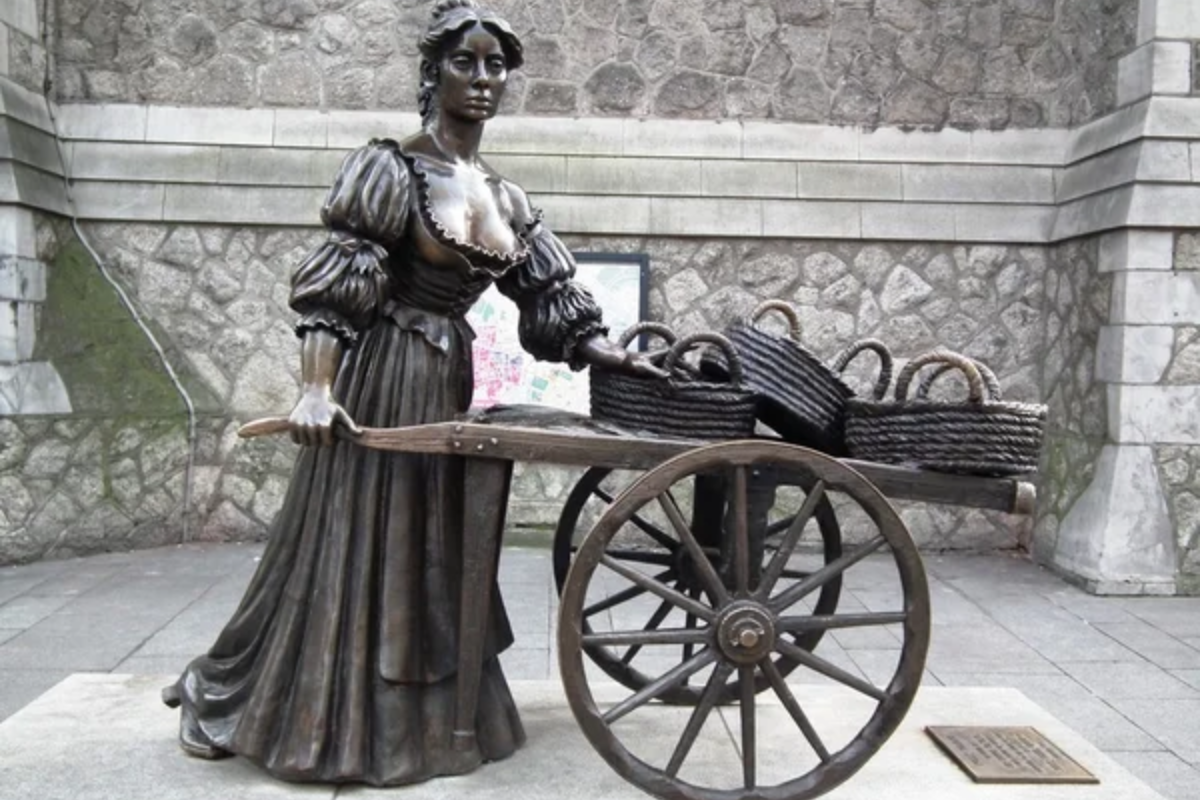
Edinburgh embraces its macabre history through atmospheric underground tours of the vaults and wynds where body snatchers, plague victims, and poverty created genuinely disturbing historical moments. Ghost tours capitalize on the city’s reputation for paranormal activity, with theatrical guides enhancing the naturally spooky medieval architecture.
Dublin confronts historical darkness more directly through political history at sites like Kilmainham Gaol, where exhibits on the 1916 Easter Rising and Irish independence struggle create powerful emotional connections to relatively recent events. This focus on political rather than supernatural history creates fundamentally different emotional responses.
Like Travel Pug’s content? Follow us on MSN.
Pub Culture

Edinburgh pubs often occupy historically significant buildings with multiple small rooms, creating intimate spaces for conversation. Establishments like The Oxford Bar or Deacon Brodie’s Tavern maintain traditional décor and practices while drawing mixed crowds of locals and visitors seeking authentic Scottish pub experiences.
Dublin pub culture centers more around performance and storytelling traditions, with venues like The Brazen Head and O’Donoghue’s featuring nightly music sessions where spontaneous collaborative performances unfold. These sessions create community experiences where visitors become participants rather than mere observers of local culture.
Culinary Distinctions
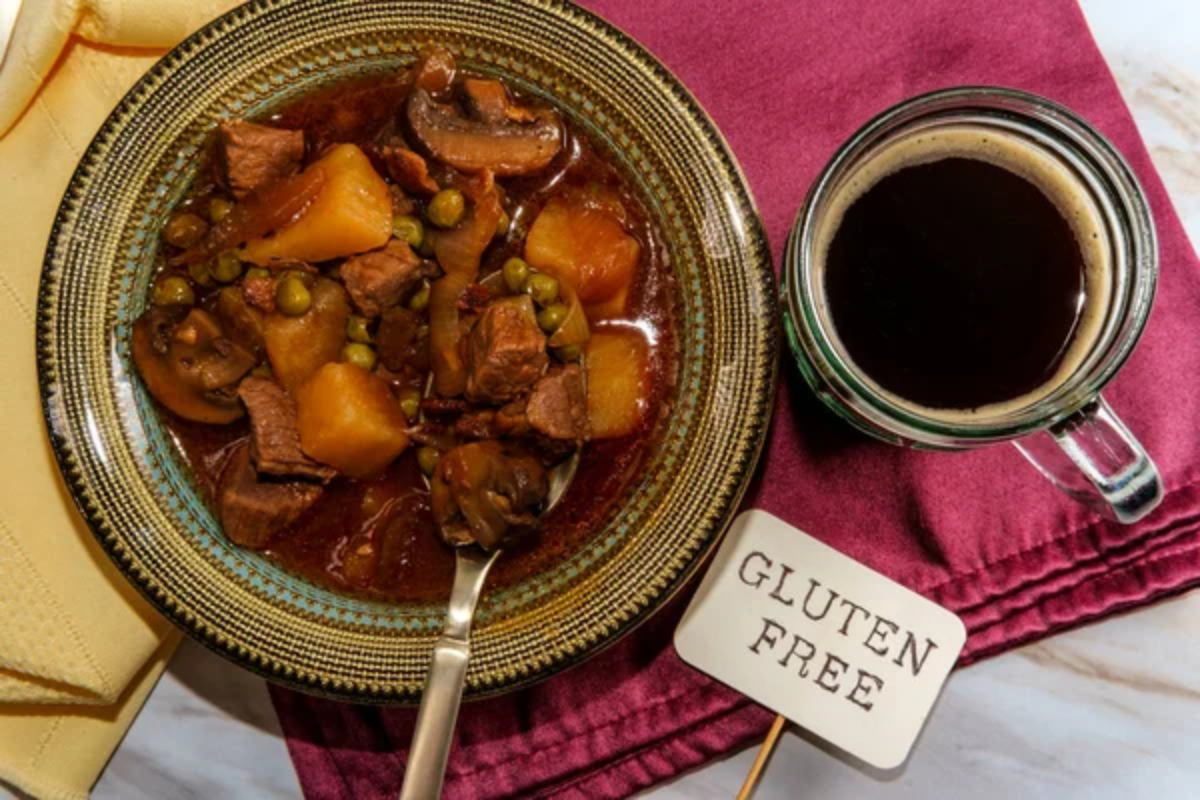
Edinburgh’s food scene embraces Scotland’s natural larder, with restaurants focusing on local game, seafood, and foraged ingredients presented with a modern sensibility. Traditional dishes like haggis appear in contemporary interpretations alongside internationally influenced cuisine, particularly in the emerging food destination of Leith.
Dublin’s culinary identity centers more around comfort food traditions, with seafood chowders, coddle, and boxty appearing alongside internationally influenced dishes. The city’s food markets, like Temple Bar Food Market, showcase Irish agricultural products rather than chef-driven creations, emphasizing quality ingredients over culinary technique.
Local Dialect Encounters
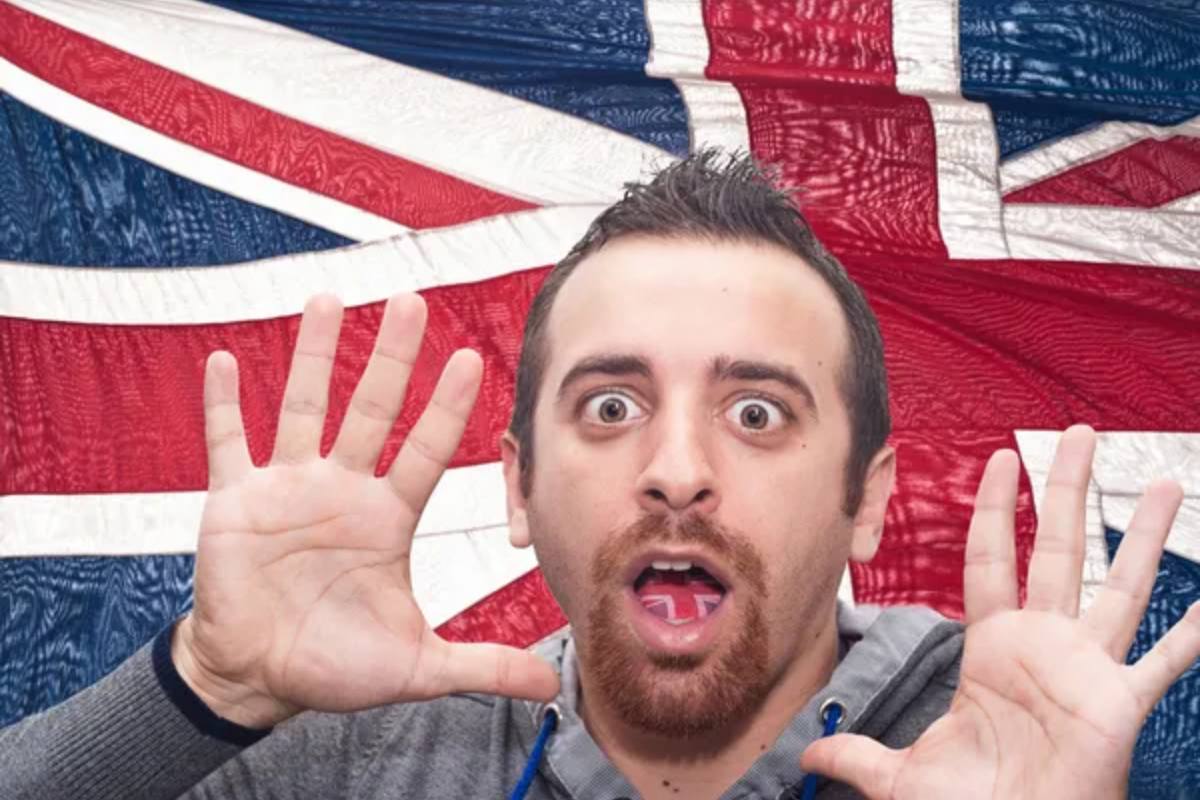
Edinburgh conversations expose visitors to distinctive Scots vocabulary—words like “wee,” “dreich,” or “slàinte”—while maintaining pronunciation generally accessible to English speakers. Local humor tends toward dry wit and understated commentary.
Dublin interactions introduce visitors to uniquely Irish expressions—”grand,” “craic,” and “savage”—delivered with musical intonation and storytelling cadence that transforms ordinary conversations into entertainment. The city’s characteristic banter creates immediate connections with strangers through humor and elaborate descriptions of everyday events.
Like Travel Pug’s content? Follow us on MSN.
Day Trip Opportunities
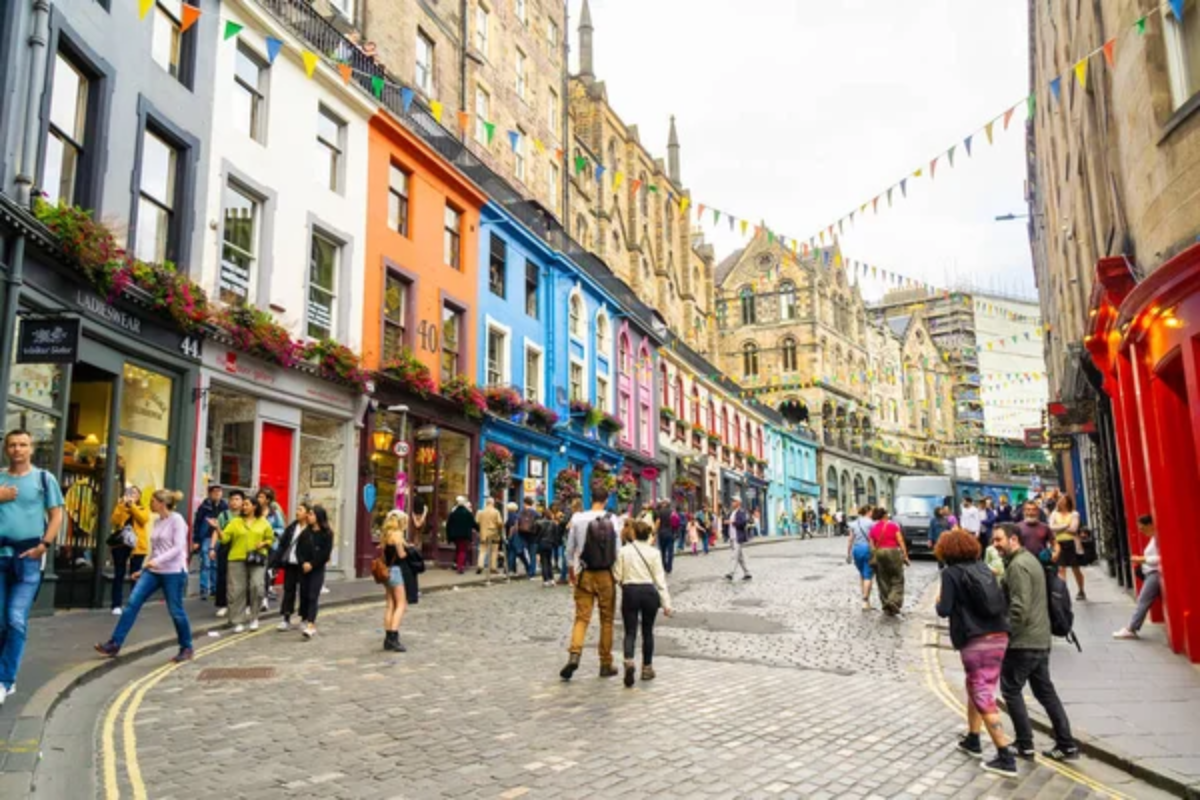
Edinburgh serves as a gateway to dramatically different landscapes within short train journeys—the coastal charm of North Berwick, the medieval history of Stirling, or the distinctive architecture of Glasgow, all accessible within an hour. The city’s central location provides easy access to both Highlands and Lowlands experiences.
Dublin offers equally compelling but entirely different day trip options focusing on ancient historical sites like the Newgrange Passage tomb, monastic settlements at Glendalough, or coastal fishing villages like Howth. The dramatic coastal scenery of Northern Ireland’s Causeway Coast requires longer excursions but delivers unforgettable natural landscapes.
Evenings & Atmosphere
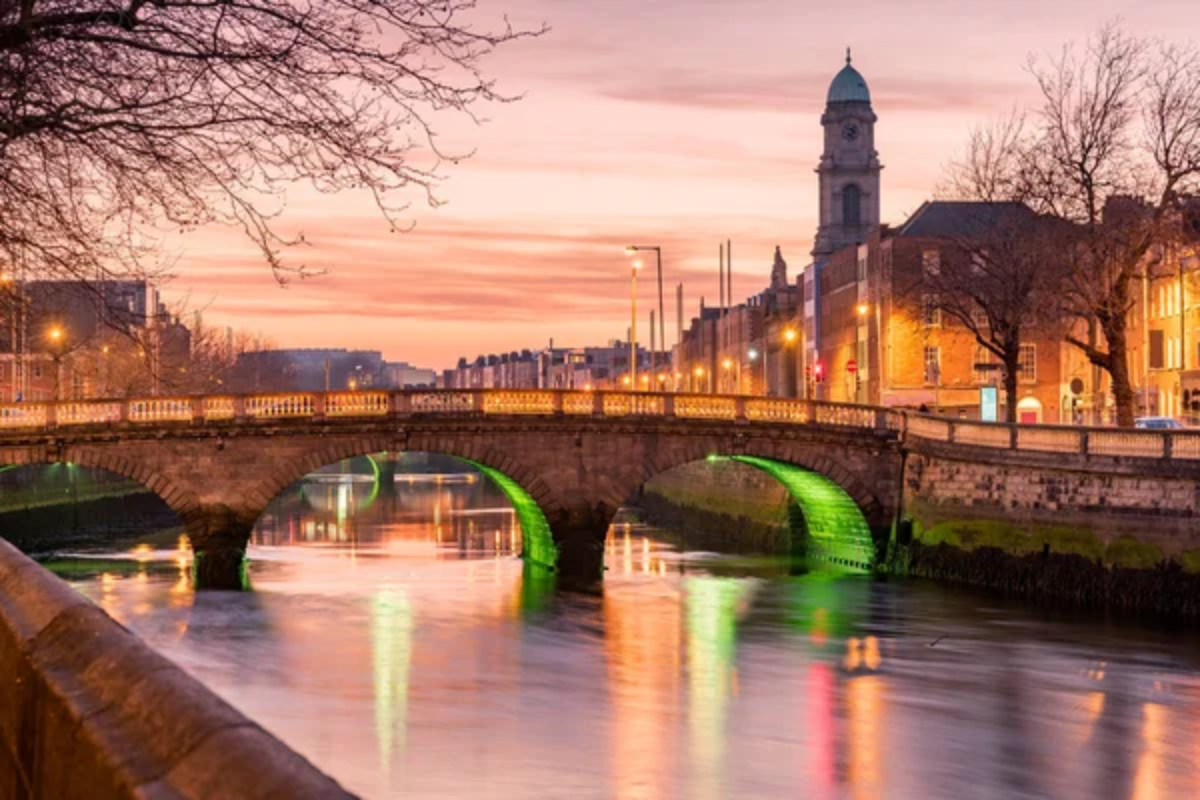
Edinburgh’s moody weather—mist, sudden sunlight—adds drama to the skyline and nudges people indoors. Nights follow a rhythm: “last orders,” clear endings, and venue-hopping if you want to stay out late. It’s structured, almost ceremonial.
Dublin’s soft rain sets an easier pace. Evenings unfold organically—dinner becomes drinks becomes music, often in the same place. There’s no official end, just a gradual wind-down led by the crowd, not the clock.
Getting Around

Edinburgh is built for walking, with Old and New Town blending history and elegance. The modern tram cuts through it all with surprising sleekness. Dublin feels more spread out and spontaneous.
The DART train hugs the coast, and double-decker buses give peeks into daily life above street level. Movement feels like discovery—fluid and full of surprise.
Like Travel Pug’s content? Follow us on MSN.
Timeless Celtic Connections
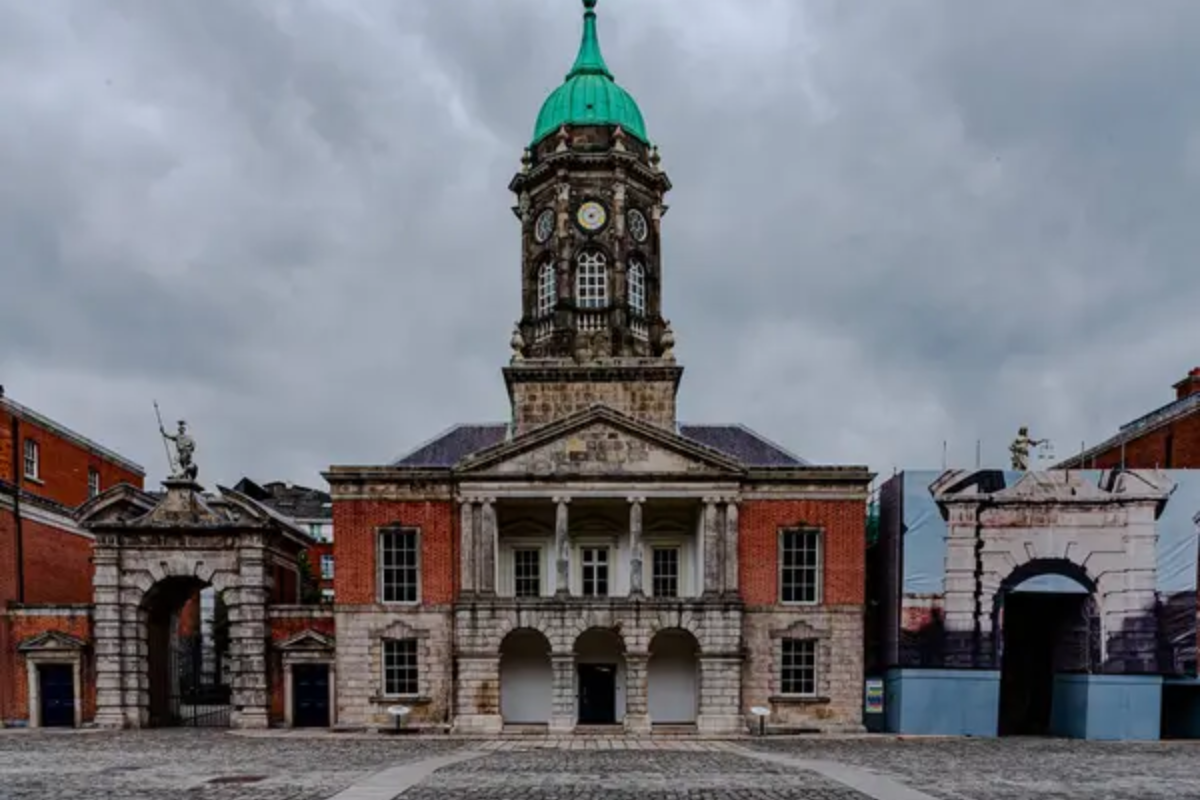
These capital cities share Celtic heritage expressed through completely different modern interpretations. Edinburgh wraps visitors in layers of history visible in its very stones while maintaining reserved Scottish dignity and architectural harmony.
Dublin envelops travelers in dynamic storytelling traditions that connect past to present through personal interaction rather than physical monuments. Neither experience ranks objectively above the other—they simply offer different paths into Celtic culture that reward travelers with distinct memories that couldn’t be created elsewhere.
More from Travel Pug

- 20 Towns Built for One Purpose That Were Later Abandoned
- 15 Hidden Spots in Disney World’s Magic Kingdom Most Visitors Miss
- 20 Once-Popular Beach Towns That Are Now Ghostly Empty
- 15 Canyons in the U.S. That Are Just as Stunning as the Grand Canyon
- 10 Under-the-Radar Mountain Towns That Are Both Affordable and Beautiful
Like Travel Pug’s content? Follow us on MSN.
